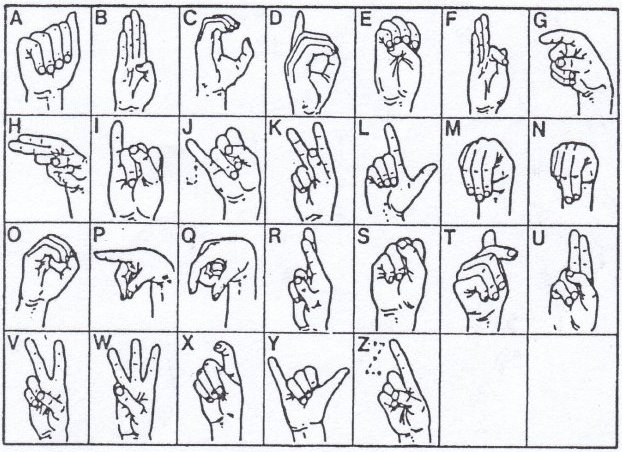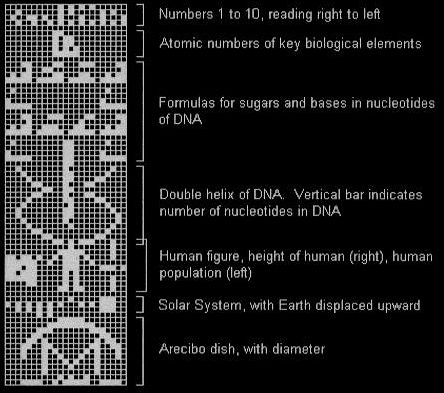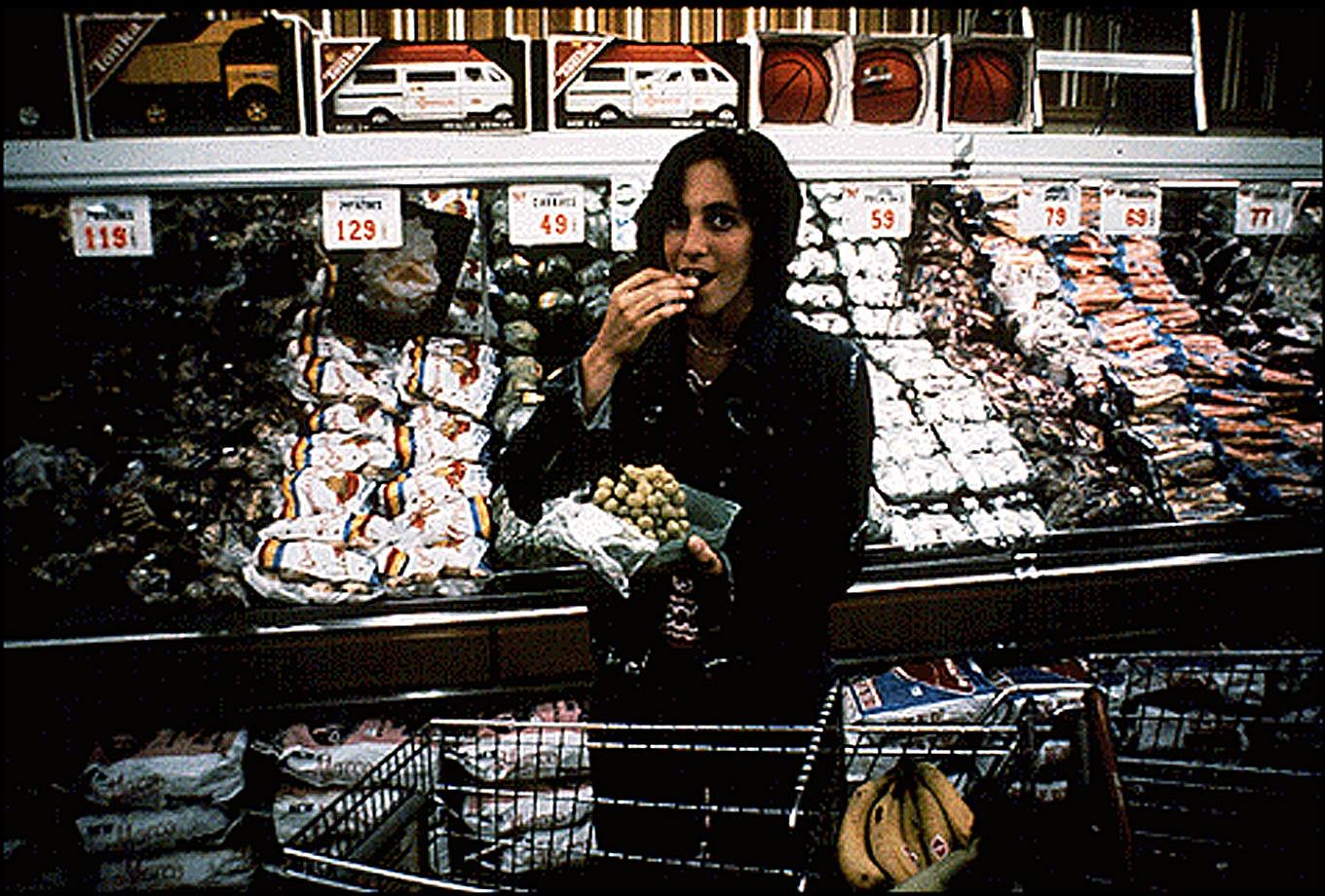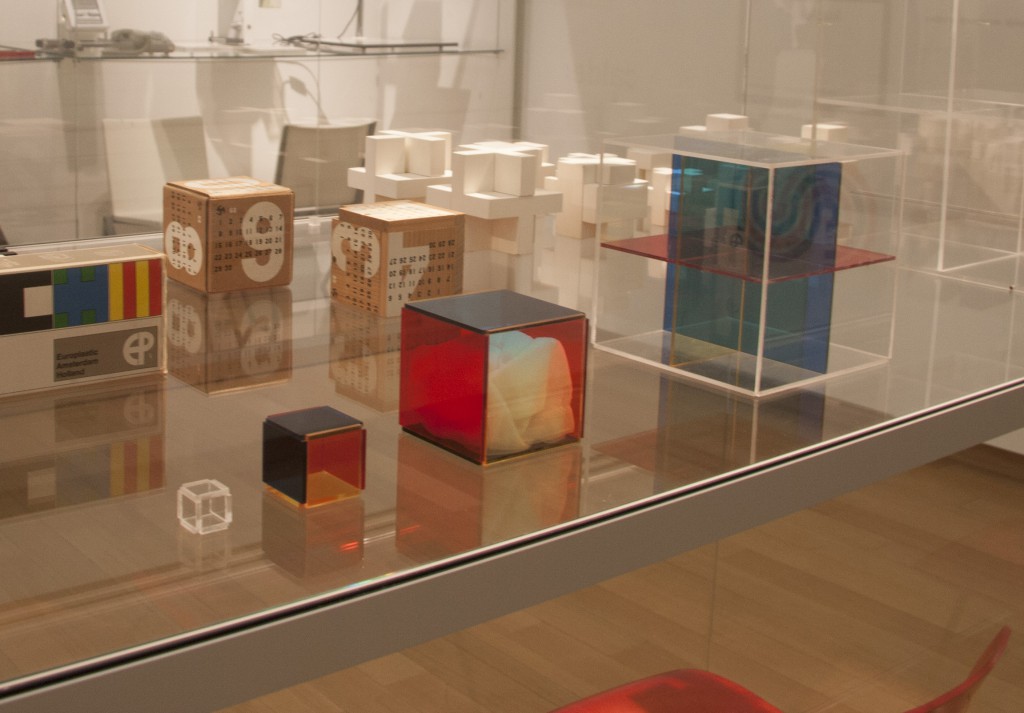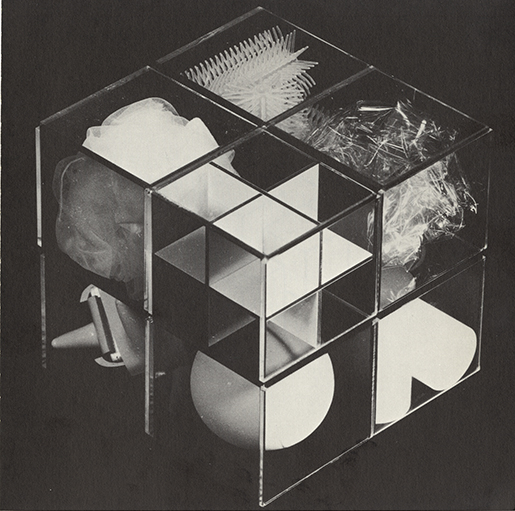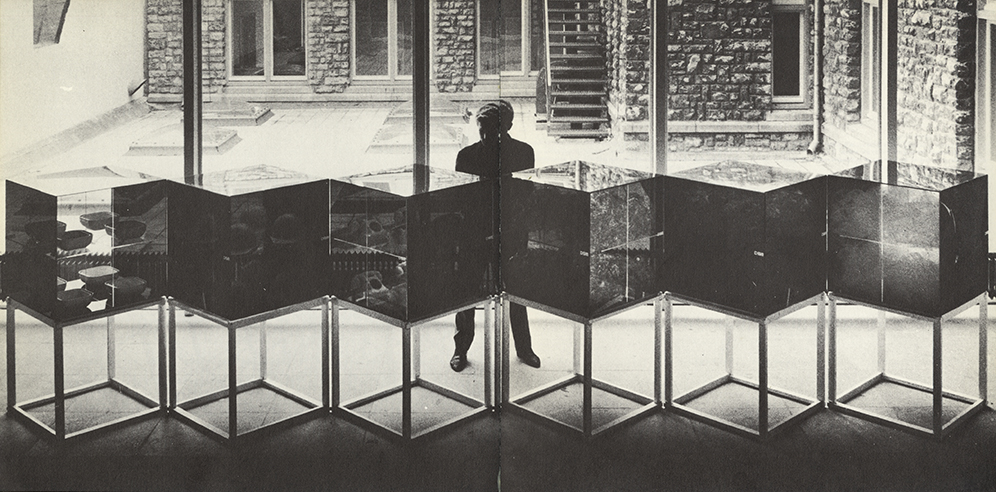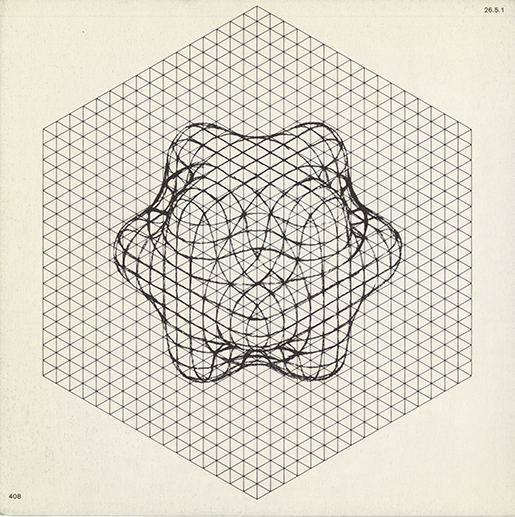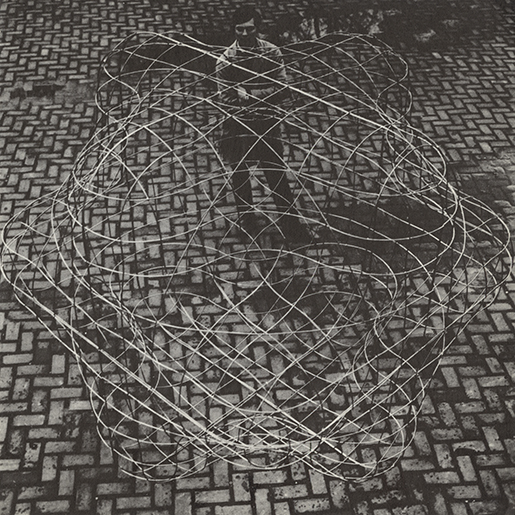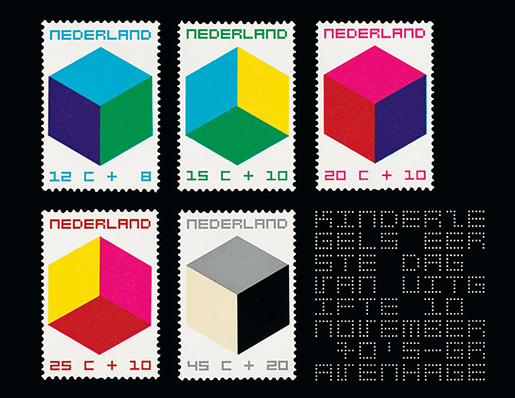Juli Gudehus is an active German graphic Designer born in 1968. In her book Genesis she made the translations of the Genesis from the Christian Bible or the Torah in English, French, German, Italian, Spanish and in a more interesting way, in Pictograms.
Pictograms exist since cave art; they give information by a figurative drawing. It’s a common language that everybody can normally understand.
So this book is really about communication and most of all about universal communication. However, there is a lot of irony in it because the genesis also talks about the Babylon tower or how the humans where divided by god by confounded the language. The book which dignify the actions of god try to neutralize the consequences of his action.
This interesting paradox guide me to different universal languages. I will sum up with all these short discoveries.
First of all Esperanto, it’s an international language talk in 120 different countries. This Utopian idea was born around 1870 from Ludwig Lejzer Zamenhof. Its purpose is to be a second language and a bridge between cultures. This language avoids the risk of loosing cultural identities.
The sign language is another universal language which appeared around the fifth century BC. It’s a body language and manual communication uses at first to exchange information between deaf and mute people. Later it extends in basics exchanges in everyday life. The need to standardize an international sign system was discussed at the first World Deaf Congress in 1951, when the WFD was formed. In 1973 they published a standardized universal vocabulary.
After the oral language and the body language the writing language of mathematics was constructed. First of all, you need to know that in each language the words have two components: the “signified”(abstract idea of language) and the “meaning”(concrete form of language). It’s a part of why languages are more difficult to assimilate. However, mathematics only use the “meaning” of the language and its why ambiguity can’t happen. Without these ambiguity mathematics looks like the more clear way of communication. Moreover, you can find mathematics everywhere in our human world: for example it rules the perfect way honeycomb is build or what we are wearing or eating today. And because it constructs our world it must be the universal language of this planet. But after all maybe mathematics is only a projection of humans on their environment. That is why I finally focus my investigations to the extraterrestrial communication or how human trying to communicate with something unknown. I continued this research on the hypothesis that this inter galactic language must be mathematics.
In 1974, the mission Pioneer 10 send the message Arecibo some 25 000 light year away. It was a binary message write by Frank Drake an American astronomer and astrophysicist. The binary system represents numeric values using two different symbols: typically 0 (zero) and 1 (one). Binary is what rules our digital world today and used by almost all computers and phones. The final picture of the message give information about the Earth and Humans: numbers,atomic composition of our principals components(as hydrogen or carbon), how our DNA structure looks like, how humans looks like , how tall we are, how many we are and where in the galaxy. Because of this long message distance we didn’t receive an answer yet and there is not a big probability to get one. In fact this operation was more about showing the capabilities of human technologies.
Here is a link to sent your personal binary message.
Another attempt took place in 1977. Two Voyagers spacecraft took aboard a gold phonograph record disc with 110 pictures of Earth and human life and 1 hour and 30 minutes of sounds and musics. A diagram on the record explained how to use it, partly written in binary arithmetic. The purpose is the same as a message bottle in the ocean but its goal is not anymore to communicate with an extraterrestrial life, it is also a time capsule for the future human generation.
This is a present from a small, distant world, a token of our sounds, our science, our images, our music, our thoughts and our feelings. We are attempting to survive our time so we may live into yours.
President Jimmy Carter
Cosmic connection is the first TV message for extra terrestrial life. The message is transmitted from Toulouse (France) the 30 September of 2006 during the evening to the star Errai of the constellation Céphée and also on TV. The star is 45 light year from the Earth so we will maybe have an answer on 2096. The originality of the program is that the televiewers could send their own message out of the galaxy. These messages were shown in the same time as the TV show which was about the evolution of extraterrestrial idea from our society. But more than sending a message, this event was about sharing the thoughts of humans on extraterrestrial life.
As all these messages tried to communicate with the outer world, they try to communicate with somebody or something with a capacity of understanding equal or more superior and of course similar with human. If an extraterrestrial life is not build on a mathematical logic, they may have some difficulties to receive and decipher our binary messages. But the hope to unite the nations under a same language is still present: even if the utopian and minor languages such as Esperanto, sign language and mathematics are not becoming complete universal languages. More than 1.8 billion people can more or less speak English. After decades of migrations and globalization, this language is probably the future of the universal language. Even before mathematics.

